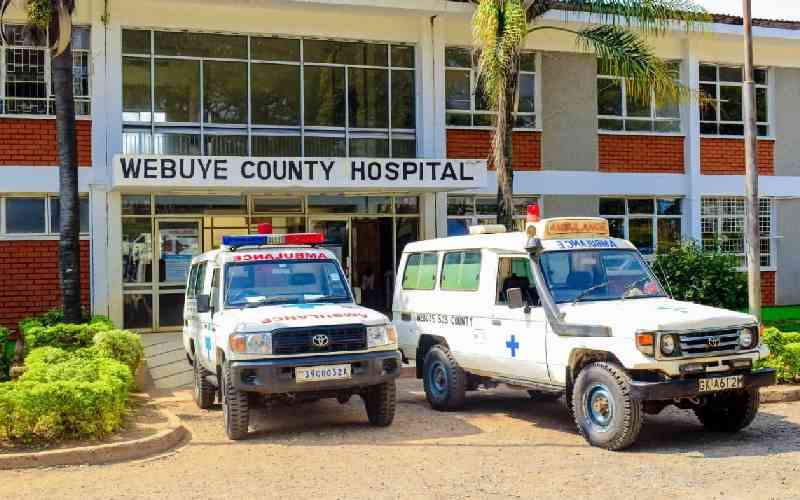
Most women battling lung cancer, the leading cause of death among cancers, have done nothing more than cook for their families, according to a doctor.
The gastroenterologist warns that smoke from firewood and other traditional fuels may be causing lung cancer, contributing to deaths, especially as patients face the high cost of treatment.
Many women with lung cancer have not been exposed to common risks like tobacco smoke, radioactive gases, or asbestos, leaving them unaware of the disease’s cause. Even their doctors are still unsure of the triggers.
Facts First
This story continues on The Standard INSiDER. Subscribe now for unfiltered journalism that holds power to account.
Already have an account? Login
 The Standard Group Plc is a multi-media organization with investments in media
platforms spanning newspaper print
operations, television, radio broadcasting, digital and online services. The
Standard Group is recognized as a
leading multi-media house in Kenya with a key influence in matters of national
and international interest.
The Standard Group Plc is a multi-media organization with investments in media
platforms spanning newspaper print
operations, television, radio broadcasting, digital and online services. The
Standard Group is recognized as a
leading multi-media house in Kenya with a key influence in matters of national
and international interest.











